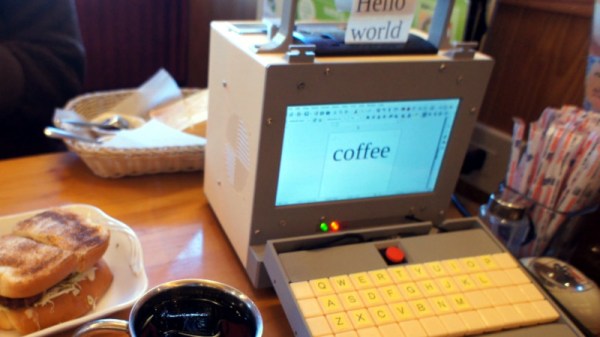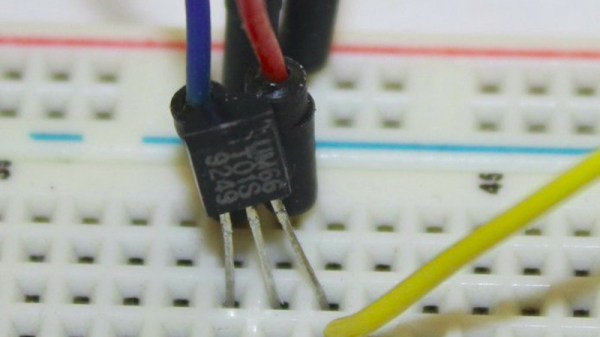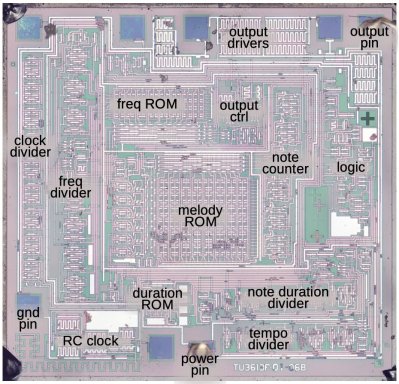When a particular device or appliance is evoked, there comes with it a set of expectations over what it might look like. A toaster, a camera, a washing machine, or a PC, will all have their own accepted form factors, and it’s rare that a manufacturer is adventurous enough to venture outside them. In the world of PCs there was a brief flowering of this type of creativity through the 1990s, and it’s that time which [ikeji]’s cube PC squarely fits in. It’s a 3D printed PC with a built-in display, keyboard, and printer, and while some might categorize it as a cyberdeck we’d say it goes further, we could easily imagine a slightly more polished version being an object of desire back when a powerful machine carried an 80486.
Inside it’s no slouch, packing an AMD Ryzen 7 Pro on a Mini-ITX motherboard, and while the display is a mere 7-incher it fits neatly behind the fold-down keyboard. The thermal printer is maybe more of a toy, but it’s good to find that even a bleeding-edge motherboard still has a serial port on it somewhere that it can talk to.
While the build undoubtedly has a few home-built rough edges we like the idea, echoing as it does those all-in-ones from the CRT era. Unless you have a handy Minitel terminal you won’t find much like it.




 The surprise in this age of ubiquitous microcontrollers is that this is not a smart device; instead it’s a single-purpose logic chip whose purpose is to step through a small ROM containing note values and durations, driving a frequency generator to produce the notes themselves. The frequency generator isn’t the divider chain from the RC oscillator that we might expect, instead it’s a shift register arrangement which saves on the transistor count.
The surprise in this age of ubiquitous microcontrollers is that this is not a smart device; instead it’s a single-purpose logic chip whose purpose is to step through a small ROM containing note values and durations, driving a frequency generator to produce the notes themselves. The frequency generator isn’t the divider chain from the RC oscillator that we might expect, instead it’s a shift register arrangement which saves on the transistor count.









